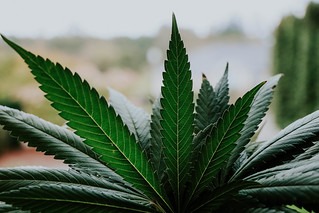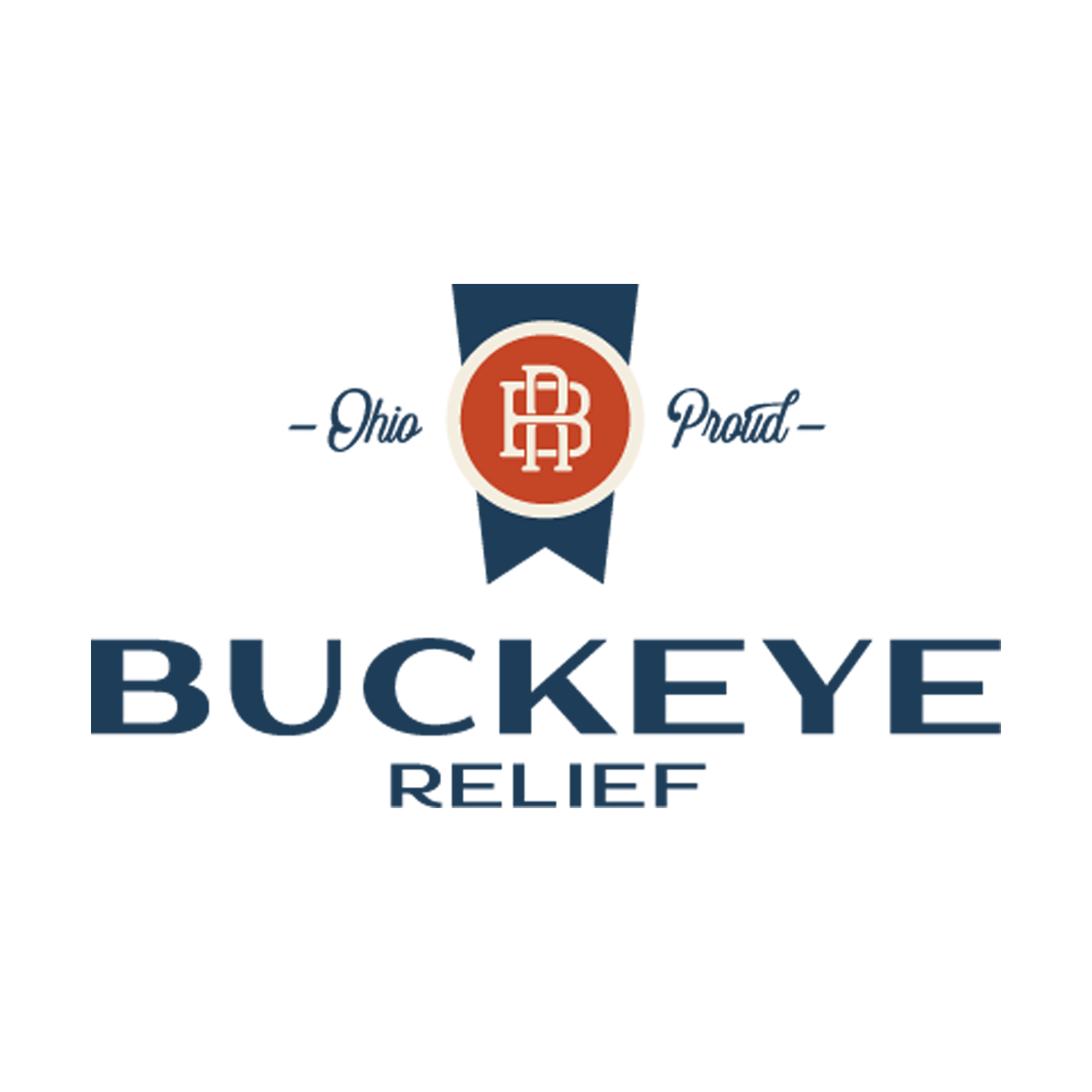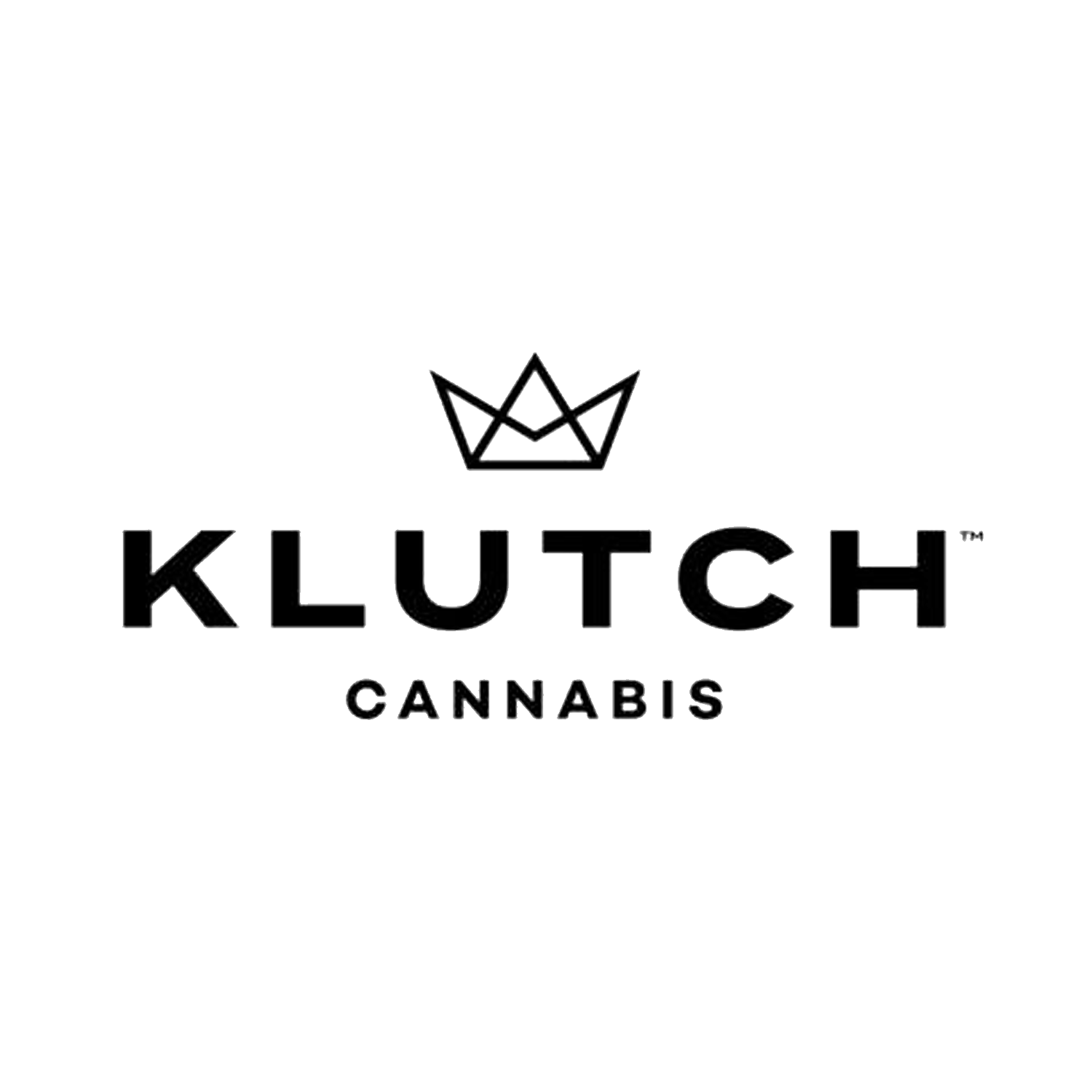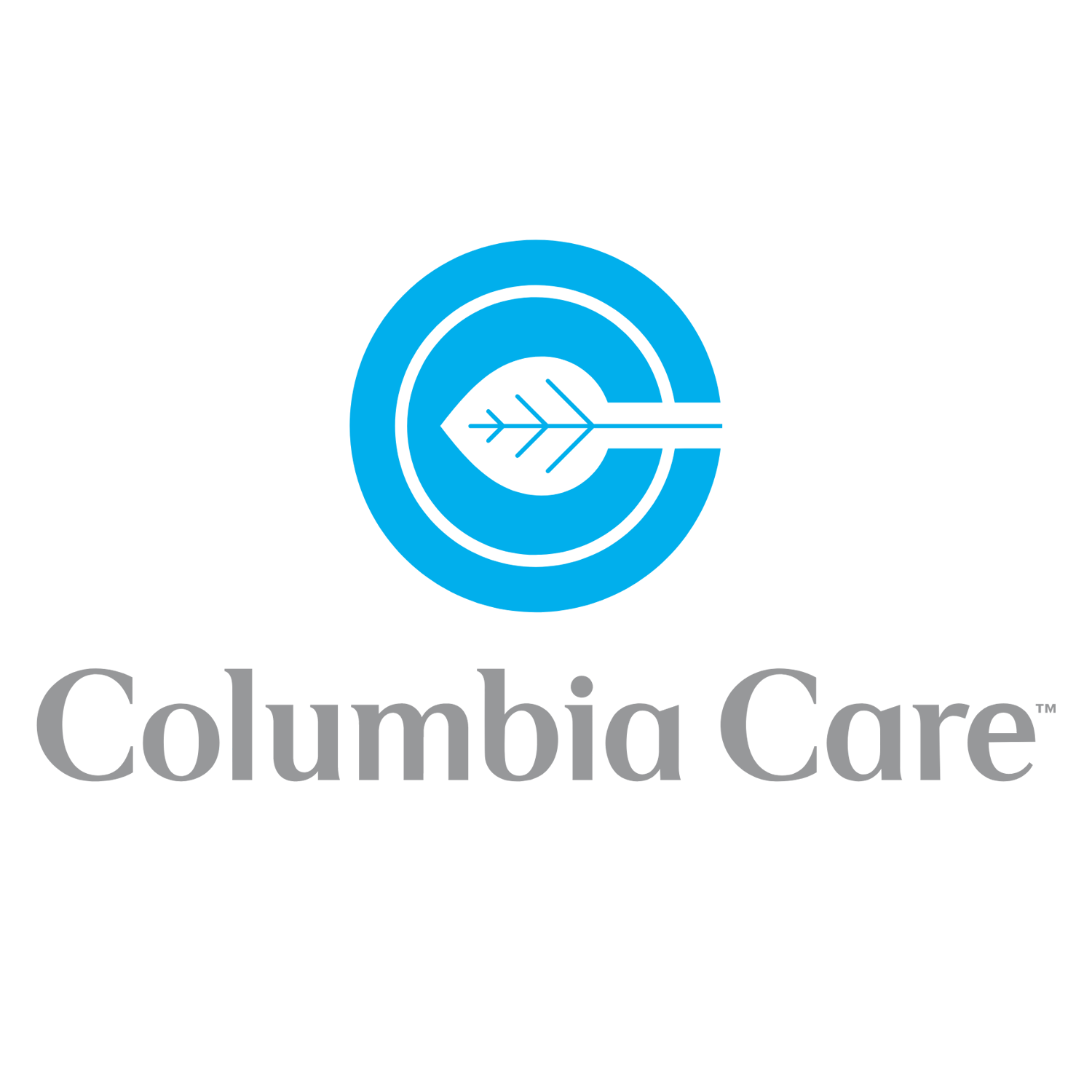
What’s the Difference Between Hemp and Marijuana?
Hemp and marijuana are often lumped together because they come from the same plant species, Cannabis sativa. But despite their shared genetics, they’re quite different in how they’re used, grown, and legally defined. Hemp is cultivated for its strong fibers, nutritious seeds, and nonintoxicating CBD products. Legally, it’s classified as cannabis containing 0.3% or less THC — the compound that makes people feel high.
Marijuana, on the other hand, has higher THC levels, which can be over 25%. It’s primarily used for recreational or medicinal purposes because of its psychoactive effects. Hemp is used for its practical applications and health benefits, while marijuana is better known for its ability to offer therapeutic and recreational effects. Understanding these differences can help you clarify the confusion and recognize how these two varieties of the same plant perform different roles.
Uses and Benefits of Marijuana
- Chronic pain: Medical marijuana is often used to help people manage long-term pain. It’s beneficial if you have conditions such as arthritis or nerve damage, in which traditional painkillers may not work as well.
- Muscle spasms: If you have a condition such as multiple sclerosis, muscle spasms can be excruciating. Medical marijuana can help ease these spasms. Some compounds in cannabis, especially THC, are muscle relaxants.
- Chemotherapy side effects: If you’re a cancer patient, one of the most common uses for medical marijuana is helping you deal with nausea and vomiting caused by chemotherapy. THC effectively reduces these symptoms, making it easier for you to tolerate your treatment and maintain a better quality of life.
- Seizures: Research has shown that cannabis helps control seizures, particularly in epilepsy patients. Studies on CBD, a nonpsychoactive compound in marijuana, have found that it can reduce the frequency and severity of your seizures.
- Post-Traumatic Stress Disorder (PTSD): If you’re living with PTSD, you may contend with anxiety, trouble sleeping, and heightened stress. Medical marijuana can help by reducing anxiety and promoting better sleep, making it a helpful tool for dealing with the emotional aftermath of trauma.
- Improves appetite and supports weight gain: Medical marijuana may help if you struggle with loss of appetite or weight loss due to conditions such as cancer or HIV/AIDS. The cannabinoids mimic the body’s natural hunger signals, stimulating appetite and helping you maintain a healthier weight.
Uses and Benefits of Hemp
Hemp is a versatile, nutrient-rich plant with numerous health benefits. Derived from Cannabis sativa, it’s used in foods, skincare, oils, and more. Here are some of the ways we use it:
- Heart health: Hemp seeds are rich in omega-3 and omega-6 fatty acids, which help lower cholesterol, reduce blood pressure and improve cardiovascular health. Adding hemp oil to meals can support heart health.
- Premenstrual symptoms: Hemp oil contains gamma-linolenic acid, which can ease common premenstrual symptoms, such as bloating, irritability, and breast tenderness, by balancing hormone levels.
- Skin health: Hemp seed oil’s omega-3 and omega-6 fatty acids hydrate and reduce inflammation, making it beneficial if you have conditions such as eczema and dry skin.
- Plant-based protein: Hemp seeds contain all nine essential amino acids, making them a complete protein. They’re easy to digest and great for vegans or if you’re looking to boost your protein intake.
- Digestion: Hemp seeds are high in soluble and insoluble fiber, promoting a healthy gut, preventing constipation, and supporting your overall digestive health.
Legality and Regulation
The difference between hemp and marijuana isn’t just about THC levels — it’s also about legality.
In the U.S., the 2018 Farm Bill made it legal to grow hemp only if it contains 0.3% THC or less. The bill also allowed for the legal sale of hemp-derived CBD products across the country.
State laws vary regarding marijuana that has THC levels above 0.3%. In some states, such as Ohio, marijuana is entirely legal for both medical and recreational use. In others, it’s only allowed for medical purposes. In some states, all uses are illegal.
FAQ
Below are some of the most commonly asked questions about hemp and marijuana.
What Is THC?
THC, short for tetrahydrocannabinol, is the main psychoactive compound found in the cannabis plant.
What Is CBD?
CBD, or cannabidiol, is a compound present in the cannabis plant. Unlike THC, it does not produce any psychoactive effects.
Will Hemp Get You High?
No, it won’t. Hemp contains very little THC and must have no more than 0.3% THC by law. This minimal amount isn’t enough to produce any intoxicating effects.
How Many States Have Allowed Medical Marijuana?
Over two-thirds of U.S. states, along with the District of Columbia, have legalized medical marijuana for therapeutic use in different forms. In many of these states, such as Ohio, marijuana is also legal for adult recreational use.
What Is a Medical Marijuana Card?
A medical marijuana card is a written recommendation from a licensed physician for you to access most types of medical marijuana in a state where medical marijuana is legal.
Contact UpLift Today
You can reach out to UpLift now to explore our range of products, which include medical and nonmedical cannabis. Stop by one of our locations at 401 Rivers Edge Drive in Milford or 101 Mercy Blvd. in Mount Orab, or simply fill out our secure online form. Our knowledgeable team is available to assist you every day.
Cannabis by Elsa Olofsson is licensed with CC BY 2.0













